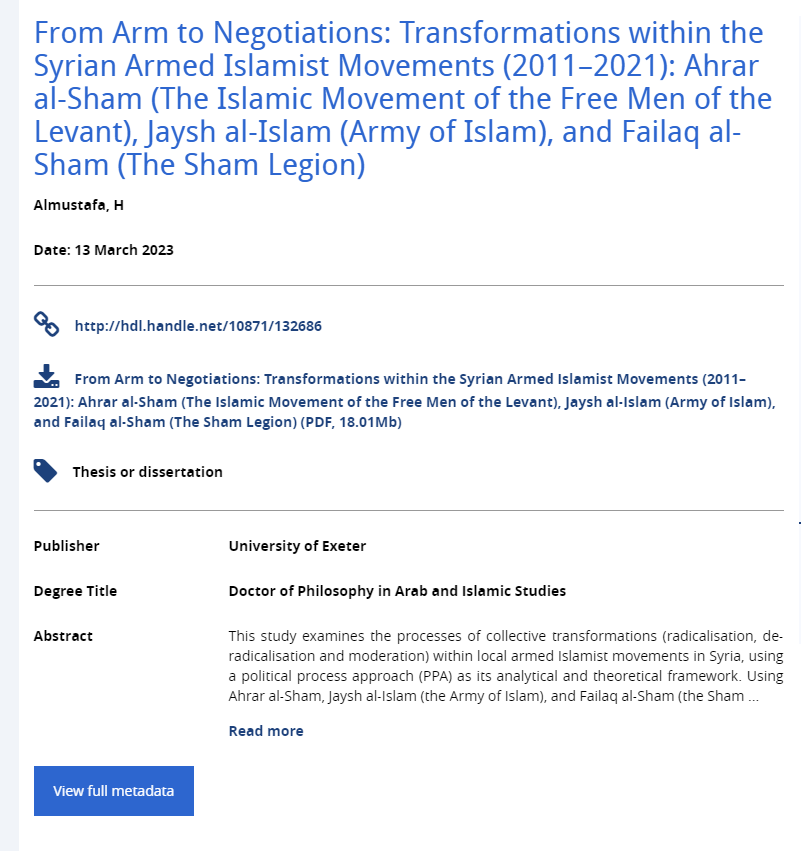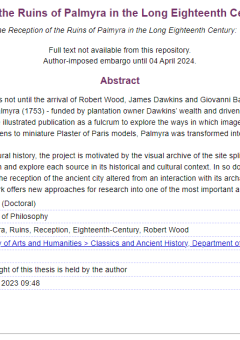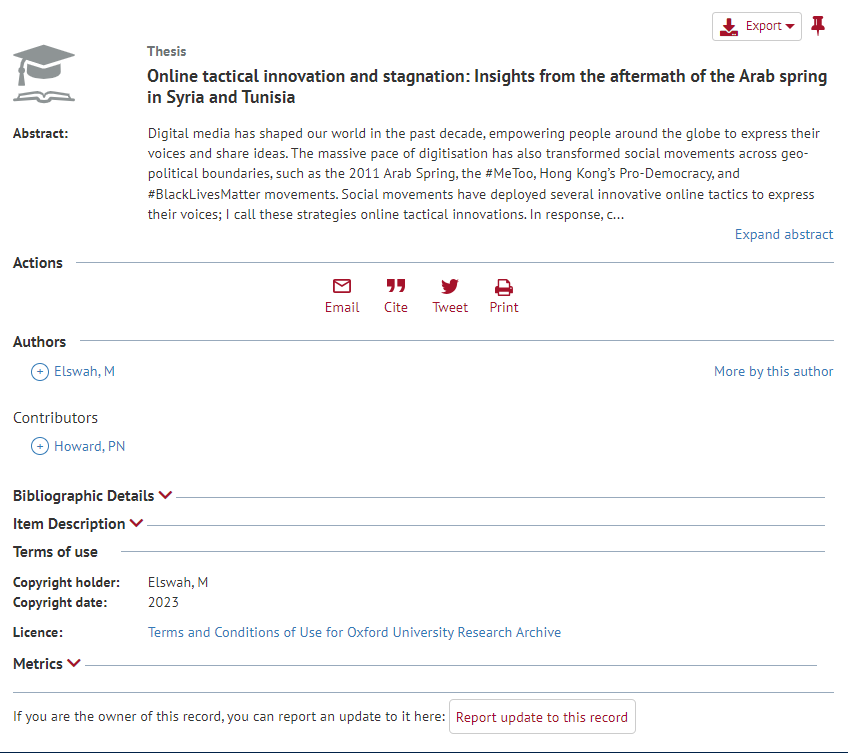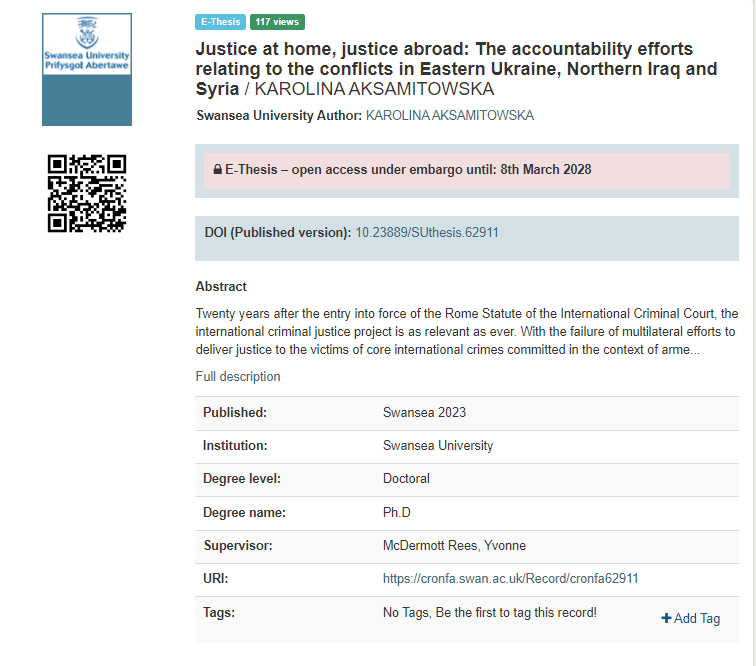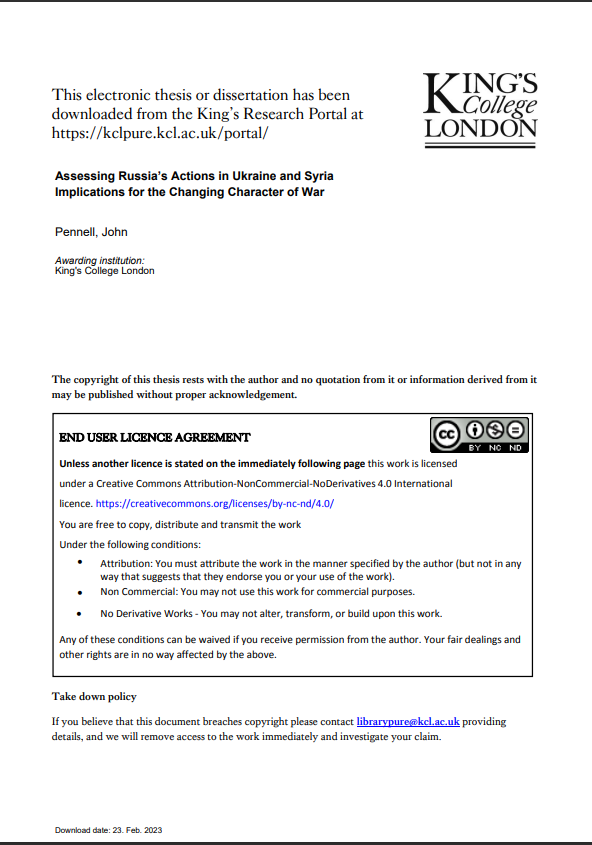Rediscovered in the late seventeenth century by English explorers, it was not until the arrival of Robert Wood, James Dawkins and Giovanni Battista Borra that the ruins of Palmyra in Roman Syria were communicated more broadly to a Western audience. Wood’s Ruins of Palmyra (1753) – funded by plantation owner Dawkins’ wealth and driven by the architectural draftsman Borra’s plates – transformed Palmyra from a little known curiosity into a cultural sensation. This thesis uses the illustrated publication as a fulcrum to explore the ways in which images of the city’s major monuments permeated the architectural and visual culture of the period. From illusionary exhibits at Vauxhall Pleasure Gardens to miniature Plaster of Paris models, Palmyra was transformed into a diverse range of different media that captivated a widespread audience with the picturesque appeal of its desert ruins. Designed as an investigation of Palmyra’s place in cultural and architectural history, the project is motivated by the visual archive of the site split between various collections across Europe and the United States. The objective is to excavate the legacy of Palmyra in the Western imagination and explore each source in its historical and cultural context. In so doing, the ruins’ significant role within the classical tradition can be outlined systematically for the first time as a rival to Rome and Athens. The reception of the ancient city altered from an interaction with its archaeological record to a preference for the pictorial quality of its exquisitely preserved ruins. Rather than an epitaph for a now mutilated site, this work offers new approaches for research into one of the most important and beautiful sites in the region.
